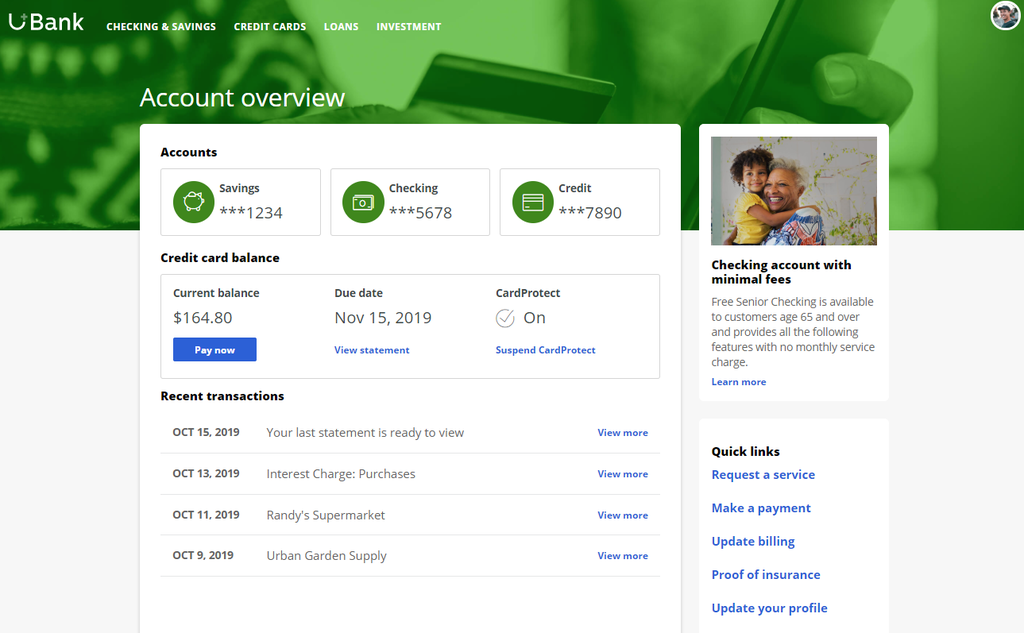Real-time containers
Introduction
A real-time container is a service that manages communication between Pega Customer Decision Hub and external channels. An external real-time channel is any channel that presents actions selected by the Customer Decision Hub to a user or customer. For example, a website, a call-center application, or a mobile application.
Video
Transcript
This video explains the concept of real-time containers, which manage communication between the Pega Customer Decision Hub™ and external channels.
This is the website of a retail bank called U+ Bank.
The bank plans to promote new offers on the account page, which is displayed when customers log in.
The marketing department wants to leverage the Customer Decision Hub’s Next-Best-Action capability to display the right offer for each customer.
The Customer Decision Hub’s real-time container functionality is used to implement this requirement.
A real-time container is a placeholder for content in an external real-time channel.
An external real-time channel is any channel that presents actions selected by the Customer Decision Hub to a user or customer. For example, a website, a call-center application, or a mobile application.
Here’s how the website invokes the real-time container to present credit card offers on the account page.
In the Customer Decision Hub’s Next-Best-Action Designer, a real-time container called “Account Page Container” is configured. The website invokes this real-time container before loading the account page.
The Customer Decision Hub then evaluates the actions from the associated Issue/Group, which in this case is Sales/CreditCards and returns the resulting offer details back to the website.
The website then loads the account page with the content returned by the Customer Decision Hub, such as the offer image, description and other relevant attributes.
Meanwhile, the Customer Decision Hub records these customer interactions in the Interaction History. An Impression is recorded to indicate that the action was shown to the customer, a Click-through is recorded when the customer clicks on the action. Marketers use these metrics, i.e. Impressions and Click-throughs, to measure the level of customer engagement, and therefore, the success of the marketing effort.
This Topic is available in the following Modules:
Want to help us improve this content?





